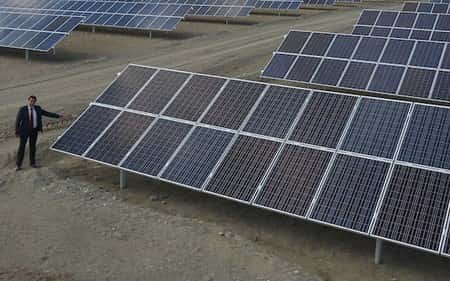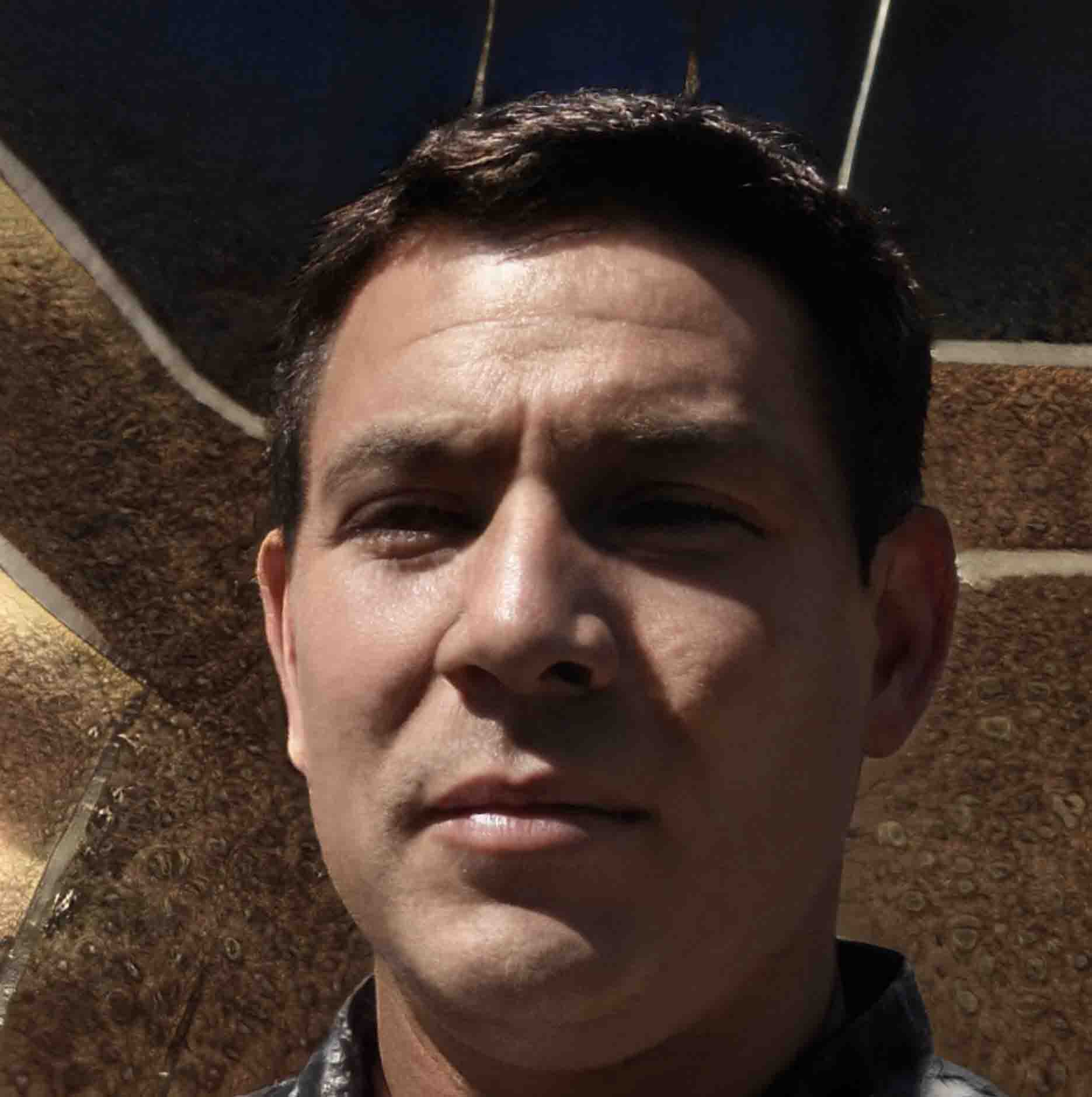Researchers from China and Singapore make a discovery in the field of solar energy conservation
 Paul Roberts
12 / January / 22
Visitors: 1756
Paul Roberts
12 / January / 22
Visitors: 1756
Alongside wind power, photovoltaics is one of the central pillars of an emission-free energy system. However, as is well known, every solar cell only supplies electricity as long as the sun is shining.
For example, if you want to use the solar energy collected duringthe day at night, a separate battery or another chemical energy storage device has been necessary up to now. For many applications it would be an advantage if you only have a single device that is, so to speak, a solar cell and an energy storage device in one. The solar power generated during the day would then not only be available at night. It could also be transported to wherever it is needed at any time.
However, this requires the longest possible storage times. Researchers from China and Singapore have now come a great deal closer to this goal. They have developed a storage system that can buffer solar energy for several days without major losses and then release it again in the form of electricity when required.
Nature's solution to the conservation of light energy
Nature has already elegantly solved the day-night problem. The solar energy gained during the day and stored in the chemical bonds can also be used by plants at night.
However, it has not yet been possible to replicate this technologically. There are some semiconductor materials that could be used as solar energy storage. However, the storage times achieved are usually quite short. Two years ago, researchers from Jena, Dresden and Ulm then developed a molecular storage device based on an organic copper complex that can store light energy in the form of charge carriers for fourteen hours without major losses.
This means that light energy would also be available at night. However, the reactions only took place in the test tube at low concentrations in the micro- and millimole range. An application is not yet possible. The research of the scientists led by Yuchen Jiang from the Technical University in Suzhou, not far from Shanghai, and Cheng-Wei Qiu from the University of Singapore are more advanced. You have found a way to buffer solar energy in semiconducting materials in the long term.
We have compiled a complete Bad Reputation Brokers.

Paul Roberts
Paul Roberts 51 years old Born in Edinburgh. Married. Studied at University of Oxford, Department of Public Policy and Social Work. Graduated in 1997. Works at Standard Life Aberdeen plc.






